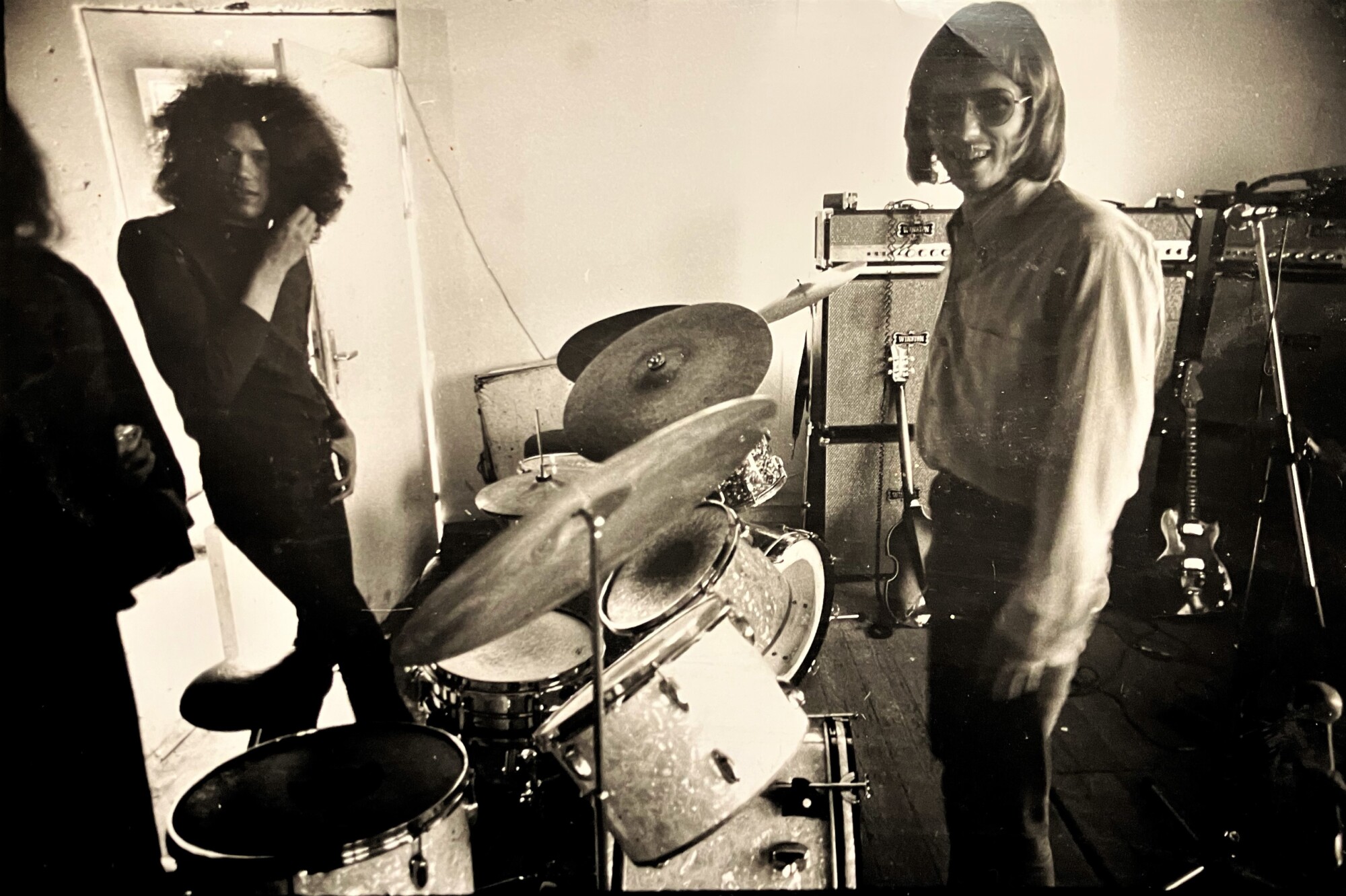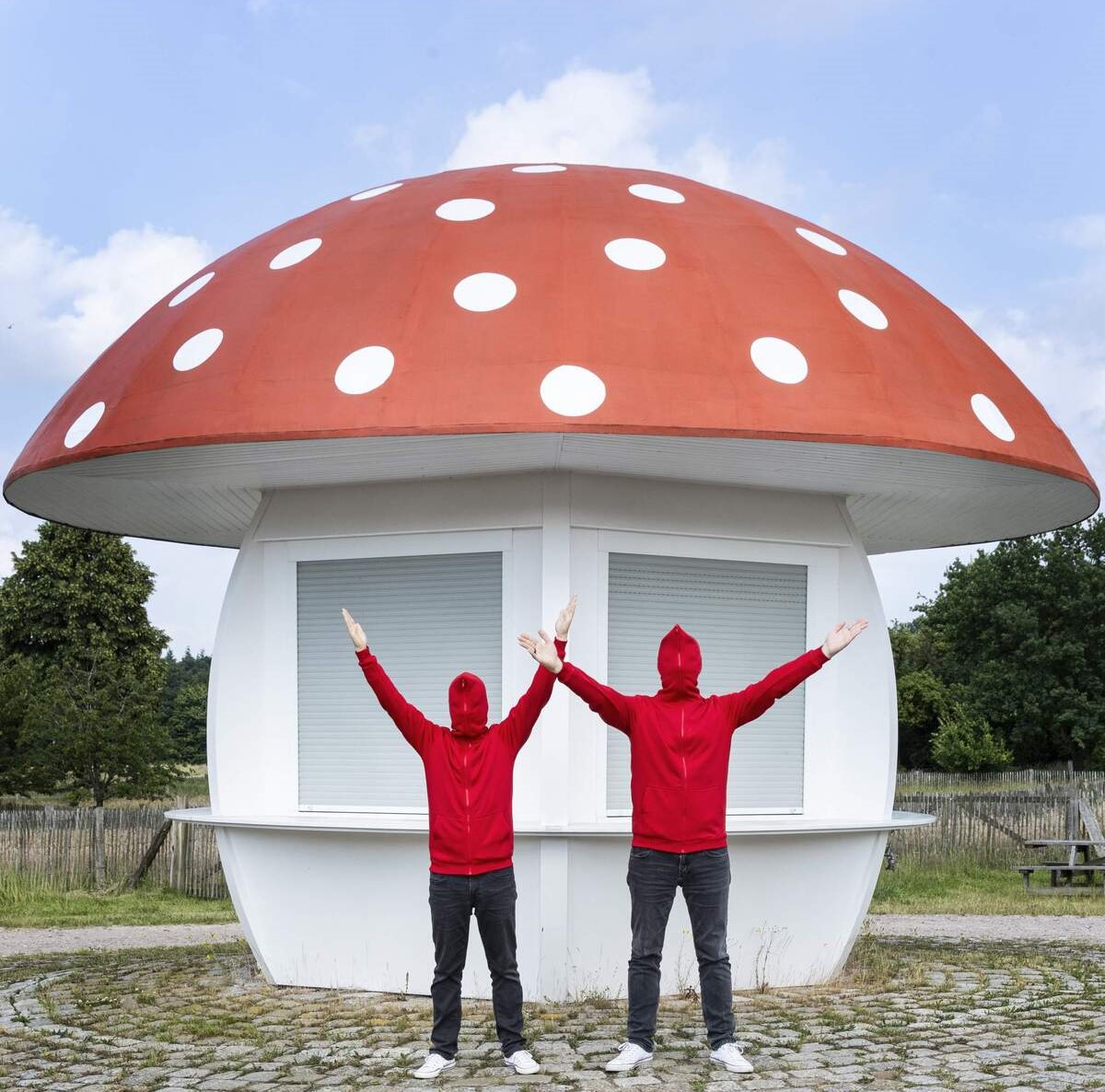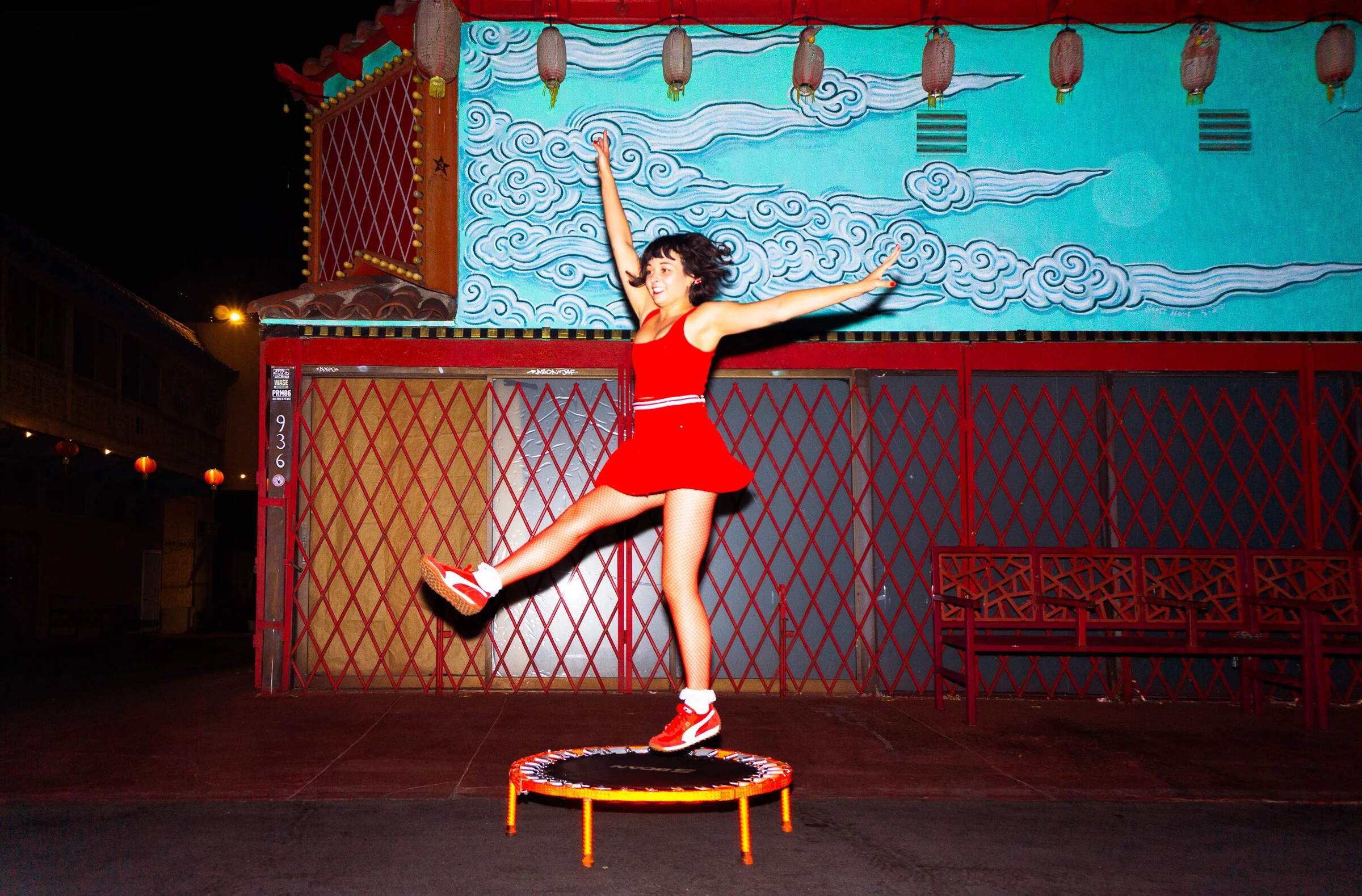Amon Düül | Interview | Ulrich Leopold
Amon Düül were a group well known for their fearless free-form improvisations. They were a bunch of friends interested in art and alternative ways of living.
The original Amon Düül later on splintered in Amon Düül II, which are well known for their progressive albums. The original community of Amon Düül engaged in exuberant open-ended experimentation, with a focus on political commentary. The members were close to Kommune 1 in Berlin and boasted, for a time, a prominent member in the model and activist Uschi Obermaier. Amon Düül signed a contract with the company Metronome Records, and continued for several years. They stopped in 1973 after releasing four official albums (and a posthumous fifth), though all except one were recorded at the 1968 sessions for their debut. Ulrich Leopold, together with his brother Peter Leopold was a core member of the group.
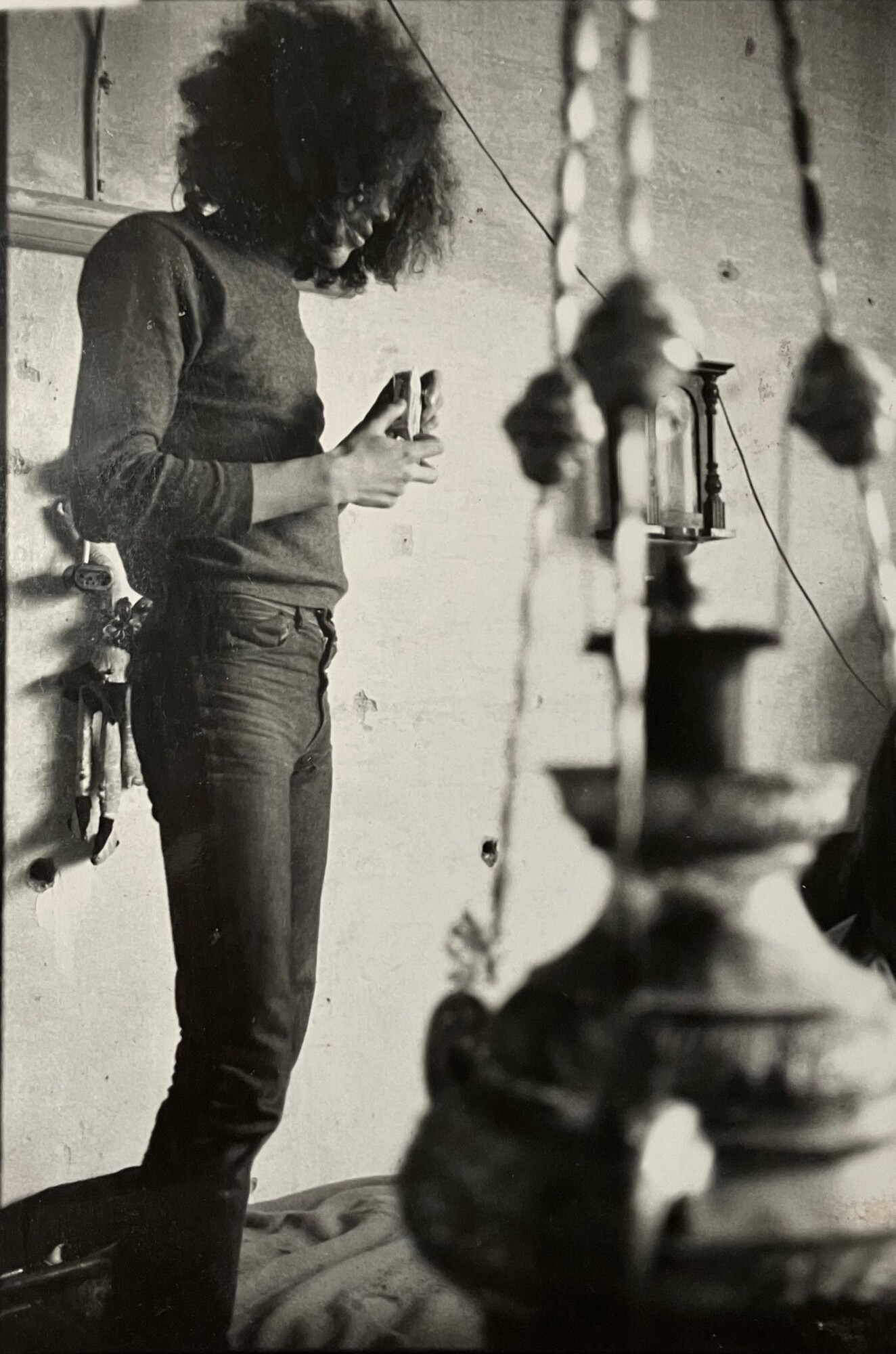
“In the best moments, a hypnotic effect arose, which was also transferred to the listeners”
It’s really fantastic to have you. Let’s start at the beginning. You grew up in Munich? Would you like to discuss some of the very early days growing up in your city and what it was like for a young kid in post WWII Germany?
Ulrich Leopold: I was born in 1948 in Bückeburg, a small town in Lower Saxony. For the first few years I lived there on the upper floor of the court pharmacy, where my grandfather was a pharmacist. Opposite were Buckeburg Palace and the palace gardens of the Prince of Schaumburg-Lippe. The city was occupied by the English, in front of the town hall a large toadstool was built as a milk bar.
At the age of five I moved to Memmingen with my parents and my brother Peter. My father came from Bavaria and got a job there as a doctor in the hospital. The Allgau dialect that is spoken in Memmingen shocked me, so I withdrew very much. I slowly got used to the new environment.
I felt little of the aftermath of the war. Bartering was practiced in the pharmacy, medicines for food, I didn’t experience any real shortages.
Was there a certain moment in your life when you knew that you wanted to become a musician?
When I was 8 or 9 years old I wished for a marimba. I got a trumpet! I suppose because my father used to play a little trumpet. I had a few lessons, then I continued to teach myself. Later, in the school band, when we played publicly, I wanted to be a musician.
How did you first get involved with music? What would be some of the very influences for you and your brother? Did you listen to Radio Luxembourg, or where did you usually find new music in those early days?
American jazz was the biggest influence on me and my brother: Art Blakey, John Coltrane, Ornette Coleman, Don Cherry, Charles Mingus, Eric Dolphy and many others. At that time you could already get imported LPs in some record shops.
When exactly was Amon Düül born and would you say there was a certain concept or even creed that the art commune wanted to follow? Enthusiasm and attitude over artistic ability? Tell us about those ideas.
We, my brother and I, met Chris Karrer at the boarding school in Marktoberdorf. We went to the music school there together (Falk Rogner was also there). We played together there and had a band with our art teacher and mentor Gerlach Bommersheim on vibraphone.
A few years later we met Rainer Bauer from Vienna. We came more from jazz, while Rainer made his own songs with German lyrics and performed with them alone. We played together right away, we improvised and arranged his songs. This connection: Rainer Bauer, Peter Ulrich, Chris Karrer and I was the musical beginning of Amon Düül. Chris Karrer played violin, saxophone and electric guitar, Peter Ulrich drums, Rainer Bauer 12-string electric guitar and vocals, while I played electric bass and double bass.
The name itself is after the Egyptian god, Amon. How did that come about?
That’s really hard to say. We discussed how to name a band, and it eventually grew out of conversation. We often listened to The Ceyleib People and their 1968 album, ‘Tanyet,’ and that definitely had an influence.
At the beginning there were you and your late brother Peter Leopold (15 August 1945 – 8 November 2006), together with Rainer Bauer and Chris Karrer on guitars. How did you meet Rainer Bauer and Chris Karrer?
Peter Leopold and I had been friends with Chris Karrer since we went to school together in Marktoberdorf. We met Rainer Bauer in Munich when all three of us lived there. At that time Rainer lived in Bussana Vecchia and then moved to Munich.
What would you be listening to at the time and was there a plan from the very start to record your music?
I remember the records, ‘Cosmic Sounds’ by The Zodiac, ‘Hapshash & The Colored Coat Featuring The Human Host And The Heavy Metal Kids,’ ‘Supernatural Fairy Tales’ by Art, ‘Tanyet’ by The Ceyleib People. In 1967 we did the first recording session in Julius Schittenhelm’s chemical laboratory (originally a chemist, Julius Schittenhelm (1926-2012) was an important figure of the German 1960’s new political musical underground, as a producer with Ohr label and April Records. He also released a few songwriter albums) with a Revox and a microphone. The recording still exists. We knew Julius Schittenhelm through our art teacher Gerlach Bommersheim.
Commune started to expand when Bauer’s sister Ella, Helge and Angelika Filanda, Uschi Obermaier, Wolfgang Krischke, Falk Rogner and Renate Knaup joined. Where did you meet those people?
Rainer Bauer, his wife Ella, his daughter Romana, Helge and Angelika Felenda with their son Joris, myself, Peter Leopold, Chris Karrer, Falk Rogner, Renate Kaup, Schrat (Christian “Schrat” Thiele) and Hartmut Zeisig. These people moved into the first shared apartment on Prinzregentenstrasse (Munich).
Would you like to discuss some of the early free-form improvisations you did? Where did you all play? I’m guessing you were very weird for a regular person in Munich back then?
We improvised on the basis of a harmonic rhythmic structure, which mostly emanated from the guitar, chord progressions that were often repeated, other instruments supported and expanded the flow. Anyone who couldn’t play any other instrument picked up the drum, everyone should be able to play along. The melodic basis was often the Dorian mode in E. Because of the many drums, the levels of the guitar and bass amplifiers were turned higher and higher, which then led to an enormous volume. In the best moments, a hypnotic effect arose, which was also transferred to the listeners.
Would you mind telling us what the typical day like for the commune? What did you do? How did you finance food et cetera back then?
You didn’t get up very early, then you shopped for breakfast and cooked for the evening. There was no orderly process. Some helped out with the household routine, some didn’t, which sometimes caused trouble. In the beginning, the money was simply shared, a few people had rich parents, others brought nothing at all. That went well for a while. We also had our first concerts, e.g. in the P. N. Club.
Would you like to share your recollection of recording ‘Psychedelic Underground’? How did the deal with Metronome come about to release two albums?
We met Peter Meisel at the “Essener Songtage.” We played there shortly after the band broke up. He offered us a contract for sound recording in Berlin. He paid us an advance of 30,000 DM. In Berlin we recorded many hours over several days, exclusively improvisations. We then put the first LP together. The cover, based on a picture by Gustave Moreau, was also ours, but not the title of the album: ‘Psychedelic Underground’. All later releases were not by us and also not authorized by us.
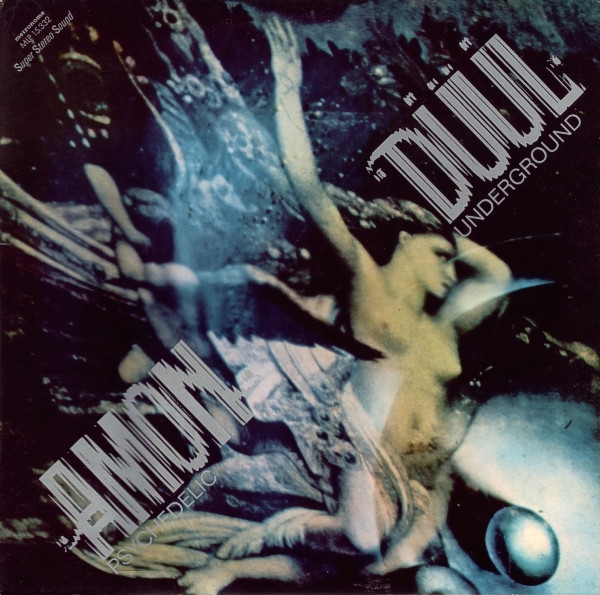
Did you experiment a lot with psychedelics at the time of recording your debut album?
No, not at all.
‘Collapsing / Singvögel Rückwärts & Co.’ might be even more experimental. It’s a record that I really admire for what it is. It takes you on a journey. What do you recall from it? And on that note, what kind of instruments, amps you had recording it?
Again, these records were all put together from the rest of the material we recorded in Berlin. We had big JBL boxes, I had a Gibson electric bass and a double bass that I played bowed, Rainer Bauer played his 12-string Hoyer electric guitar, Peter Leopold drums, at least initially, Wolfgang Krischke was there in Berlin, Helge Felenda, Angelika Felenda, Ella Bauer, and Uschi Obermaier played drums or percussion, as well as members of the K1 on drums, Rainer Bauer sang, as well as Ella, Helge and Angelika. We didn’t play too well during all the sessions. We had concerts that were much better.
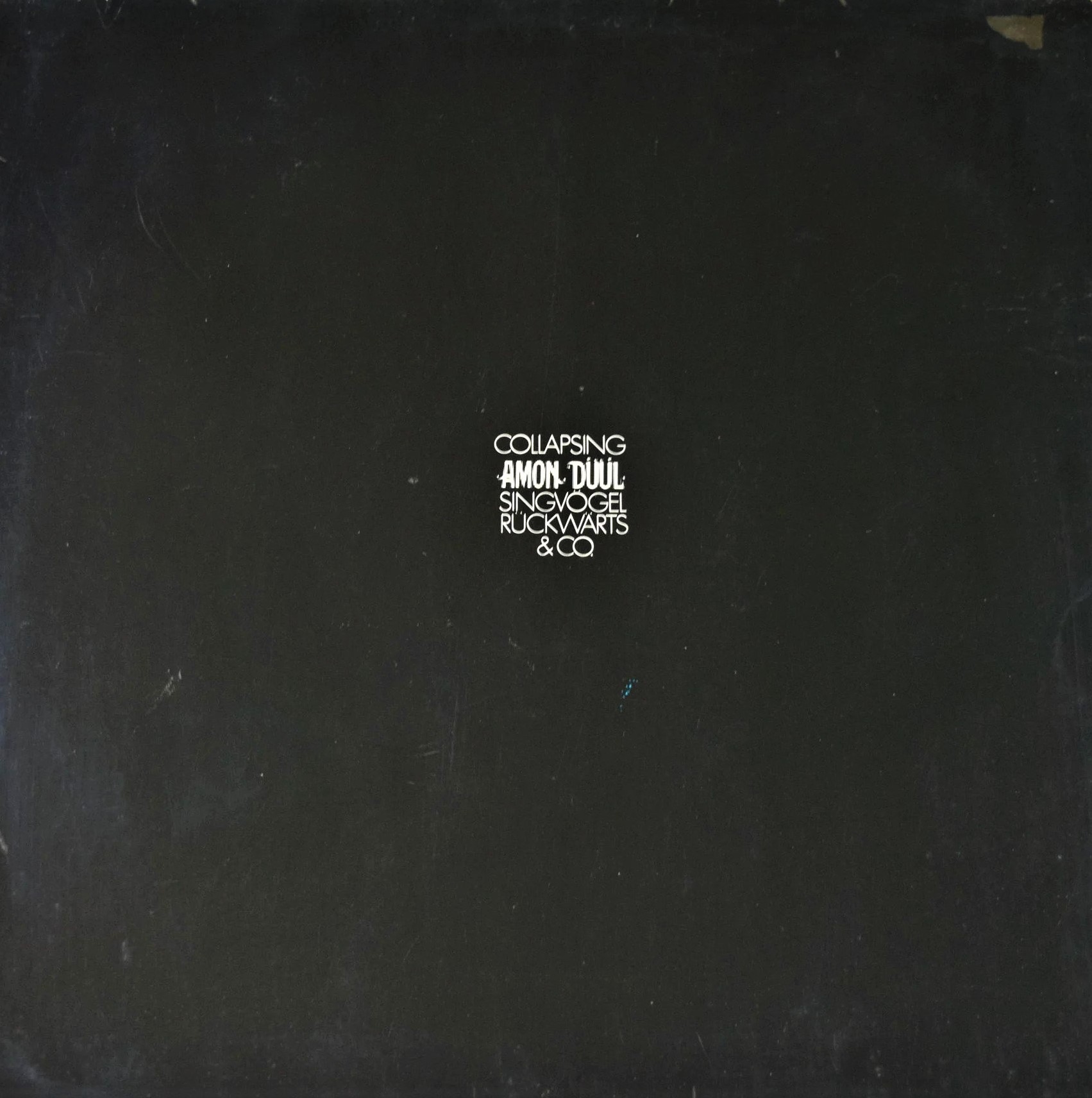
Where were Amon Düül records recorded and what was the process like for a band? Basically if I understand correctly all four albums were recorded in one long improv session with recording “ON?”
No, ‘Psychedelic Underground’ was recorded in Berlin, ‘Paradieswärts Düül’ was recorded in Munich. There were Rainer Bauer (he is called Dadam now), me (guitar and bass), Klaus Esser (guitar), Helge Filanda (vocals), Noam (percussion), Ella Bauer (vocals).
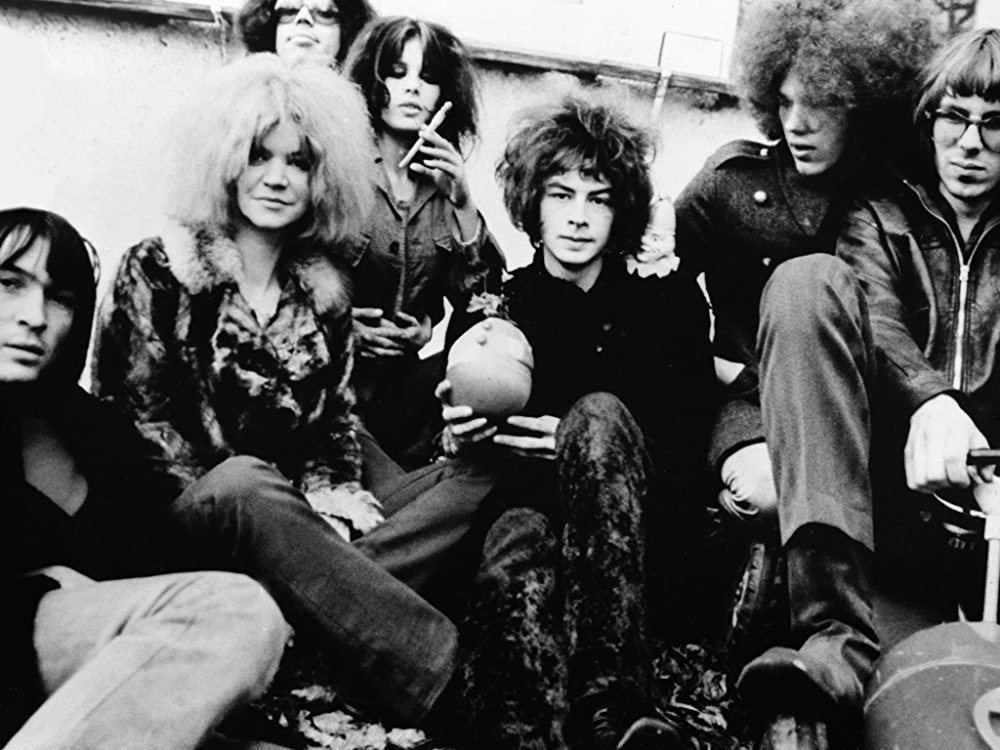
What do you recall from working on ‘Paradieswärts Düül’ and ‘Disaster / Lüüd Noma’? How did you get a deal on Ohr and BASF? Julius Schittenhelm produced Paradieswärts Düül’?
I have no recollection of who produced ‘Paradieswärts Düül,’ it is possible that it was Julius Schittenhelm. I remember that we arranged the long piece ‘Love Is Peace’ for quite a long time and prepared it well.
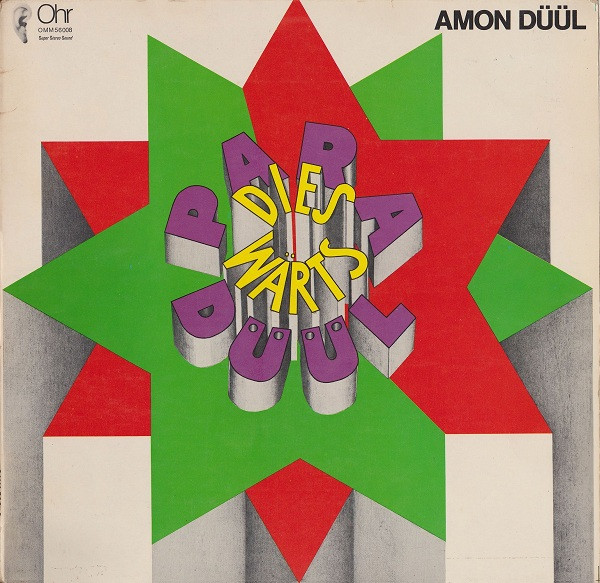
Is it true that producer Peter Meisel released your albums without the band’s approval in an attempt to capitalise on the success of Amon Düül II?
Peter Meisel paid us a total of around 45,000 DM. We never saw accounting. One often heard his complaints that he didn’t get the money from record sales.
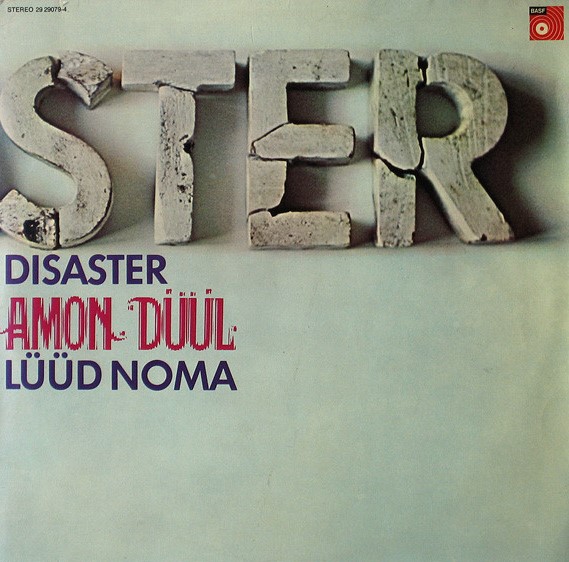
In 1968 you performed at the legendary the Internationale Essener Songtage, the first Germany underground festival as two groups, “Amon Düül” and “Amon Düül II,” at the suggestion of your brother Peter Leopold. Who was now in “Amon Düül” playing at the festival? What do you recall from it?
Only Amon Düül played at the “Essener Songtage”. On stage were Rainer Bauer, Peter Leopold, I, Helge Filanda, Angelika Filanda, Ella Bauer and Uschi Obermaier… maybe someone else, I don’t remember exactly.
There was Kommune 1 with leading members of Fritz Teufel and Dieter Kunzelmann, I’m guessing you knew each other well as the commune was based in Berlin? Did you ever stay with them while playing in Berlin?
Some of the K1 were in Essen. We only knew them casually. When we were in Berlin for the studio recordings, we stayed with them. They had a huge loft upstairs in an old factory. In the studio some of them drummed along, Peter’s drums were occupied by them. Peter was so angry about this that he left us and joined Amon Düül II.
Then the Tupamaros West-Berlin happened and I guess it really shocked the public. Did you as “freaks” have any trouble too, due to the incident?
I didn’t even notice the Tupamaros, maybe they were better known in West Berlin.
What was Uschi Obermaier like?
Uschi Obermaier joined us when we were living in Happerg, immediately after the group split up. She was already there in Essen and then also at the K1 in Berlin. There she became friends with Rainer Langhans and stayed there. Conversely, Ulrich Enzensberger and Monika Würfel went with us to Happperg.
When did Klaus Esser join you on guitar?
Klaus Esser was only with the group for a short time, during this time we lived in Munich/Solln on Wolfratshauser Straße, to Happerg.
Tell us about ‘Eternal Flow / Paramechanical World for Ohr’?
‘Paramechanical World’ was a song by Rainer Bauer, and I wrote ‘Eternal Flow’ with lyrics by Helge Filanda, written shortly before the group broke up.
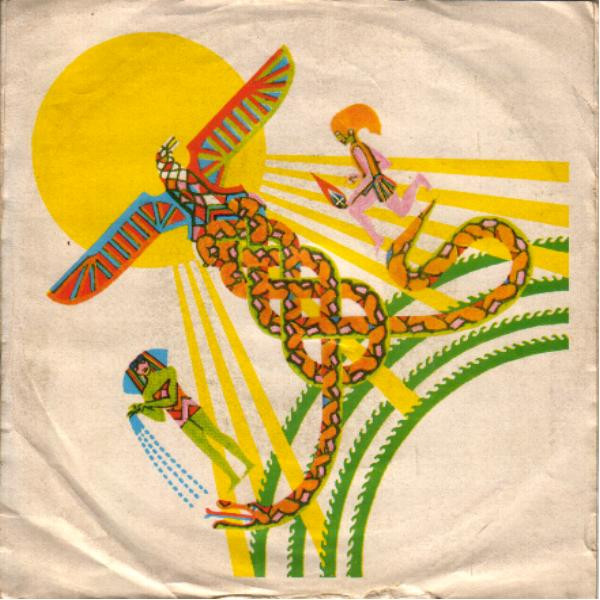
Would you like to tell us about Wolfgang Krischke? What was he like?
I met Wolfgang Krischke at the boarding school in Lauingen. We were about thirteen years old. He was my best friend all through school. In Lauingen and Marktoberdorf and finally in Memmingen we always went to the same class. We had a lot of fun. However, Wolfgang could take things to the extreme. He was never fully integrated into Amon Düül, he was there, left us, came back et cetera.
He [Wolfgang Krischke] sadly froze to death while tripping on LSD. What happened?
At that time Wolfgang was with his parents in Marstetten-Aitrach and had big conflicts there, I think with his mother. Apparently he smashed the kitchen, then went into the forest and took sleeping pills. I think he didn’t take LSD. Also, I don’t think he really wanted to kill himself. I suspect he wanted to be found.
Wolfgang Krischke is featured on the legendary Amon Düül II album, ‘Yeti’ dressed as ‘Der Schnitter’ (The Harvester). You also appeared on ‘Yeti’ on the ‘Sandoz in the Rain’? Tell us about it.
That was after his death. I didn’t want to offend Falk, but I didn’t think it was right to exploit him as a reaper after his tragic death. Rainer Bauer and I came to the studio for a session, I don’t remember any more.
But you were not any part of their debut, ‘Phallus Dei’ or any later albums?
No, I was not part of it.
“There was a special spirit of openness and inspiration, an enormous amount happened in a very short time”
What would be the craziest story that you recall from your days with Amon Düül?
I don’t want to emphasize anything in particular, in this period from around 1967 to the early seventies, there was a special spirit of openness and inspiration, an enormous amount happened in a very short time.
Is there any unreleased material by Amon Düül / Amon Düül II or if you have any solo projects you never released?
As I said, the recording from 1967 exists, played clumsily but precisely arranged. We made an attempt to publish them, but it failed. If I still listen to something from that time today, it’s this recording. Ten years ago I made an album recording forest sounds.
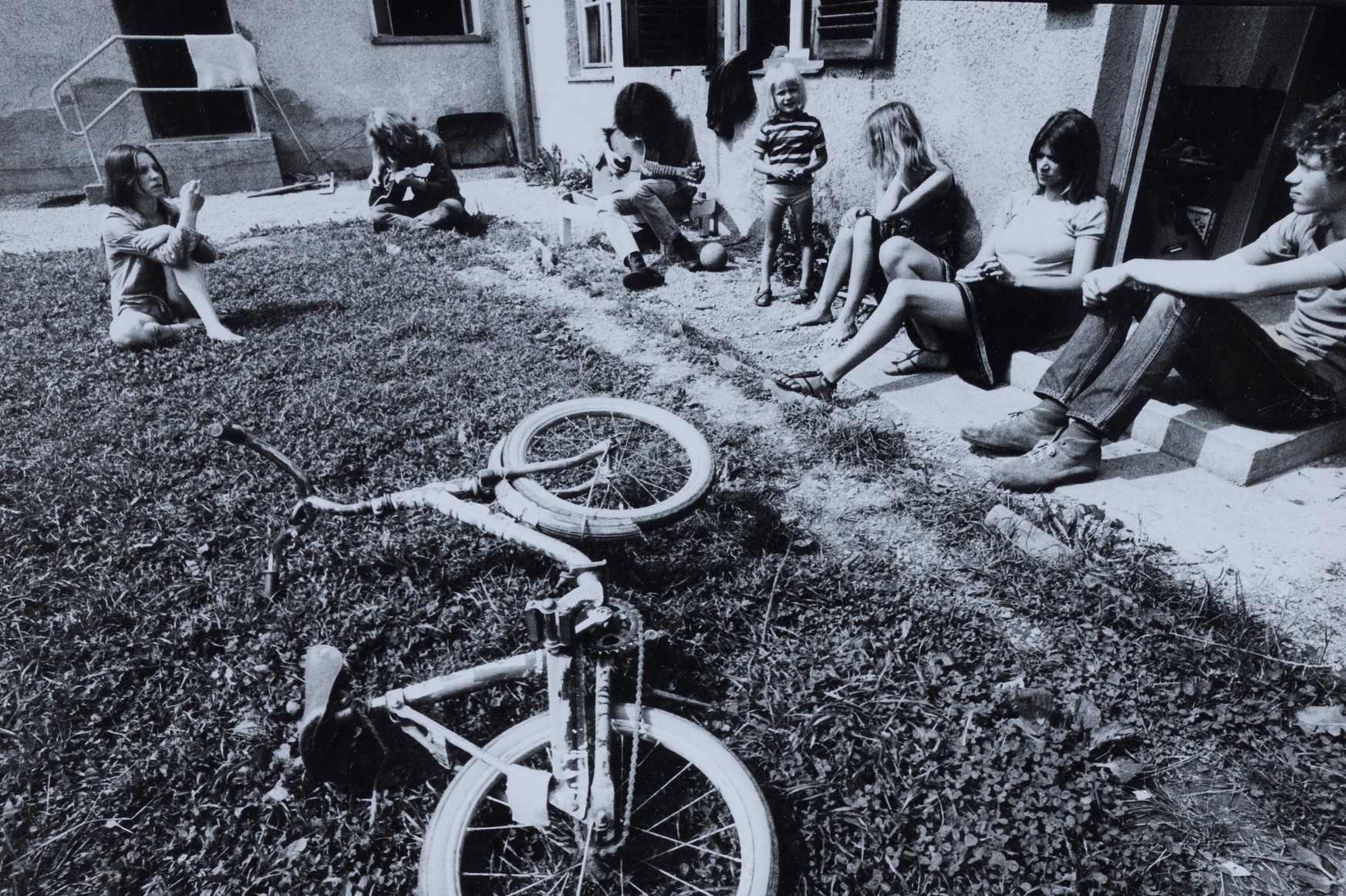
What followed for you for the rest of the 70s, 80s until today? Were you musically active? Did you do any projects/recordings?
I did private composition studies with Fritz Büchtger and studied piano and classical guitar at the Richard Strauss Conservatory. Then I was a musician at the music school in Neuried near Munich for forty years.
What currently occupies your life?
I continue to play the piano and guitar for several hours a day, which is essential for me. Sometimes I paint, that was my other passion when I was younger. Another passion is mountain hiking, we live on the edge of the Alps. We also travel a bit, mostly to meet the children and grandchildren, or for hikes in other areas.
Would love to hear how you became a professor of classical guitar?
I was a piano and classical guitar teacher, and I’ve been retired for five years, also to have more time for painting.
What are some of the most important players that influenced your own style and what in particular did they employ in their playing that you liked? Would you also like to share a few words about your brother and his drumming?
In my early youth there were jazz musicians, I especially liked free jazz, e.g. Ornette Coleman. When the early Beatles came along, we immediately noticed the new things they brought, amps, polyphonic singing, the way of playing the drums et cetera. My three year older brother was a drummer from a young age. When we ate at home, he banged on the plates with a knife and fork, much to the annoyance of my parents. He was a musician through and through, a great drummer. As a child he influenced me a lot.
Looking back, what was the highlight of your time in the band?
For me, the beginning was the best time, we were still really working, we had good concerts in Munich, Augsburg, Darmstadt, et cetera. We played in Munich in the art academy and in the university auditorium, I have impressive memories of that. The separation of the group was bad, at that time we lived in a little house in Munich-Englschalking. It was a rift that could never be closed again.
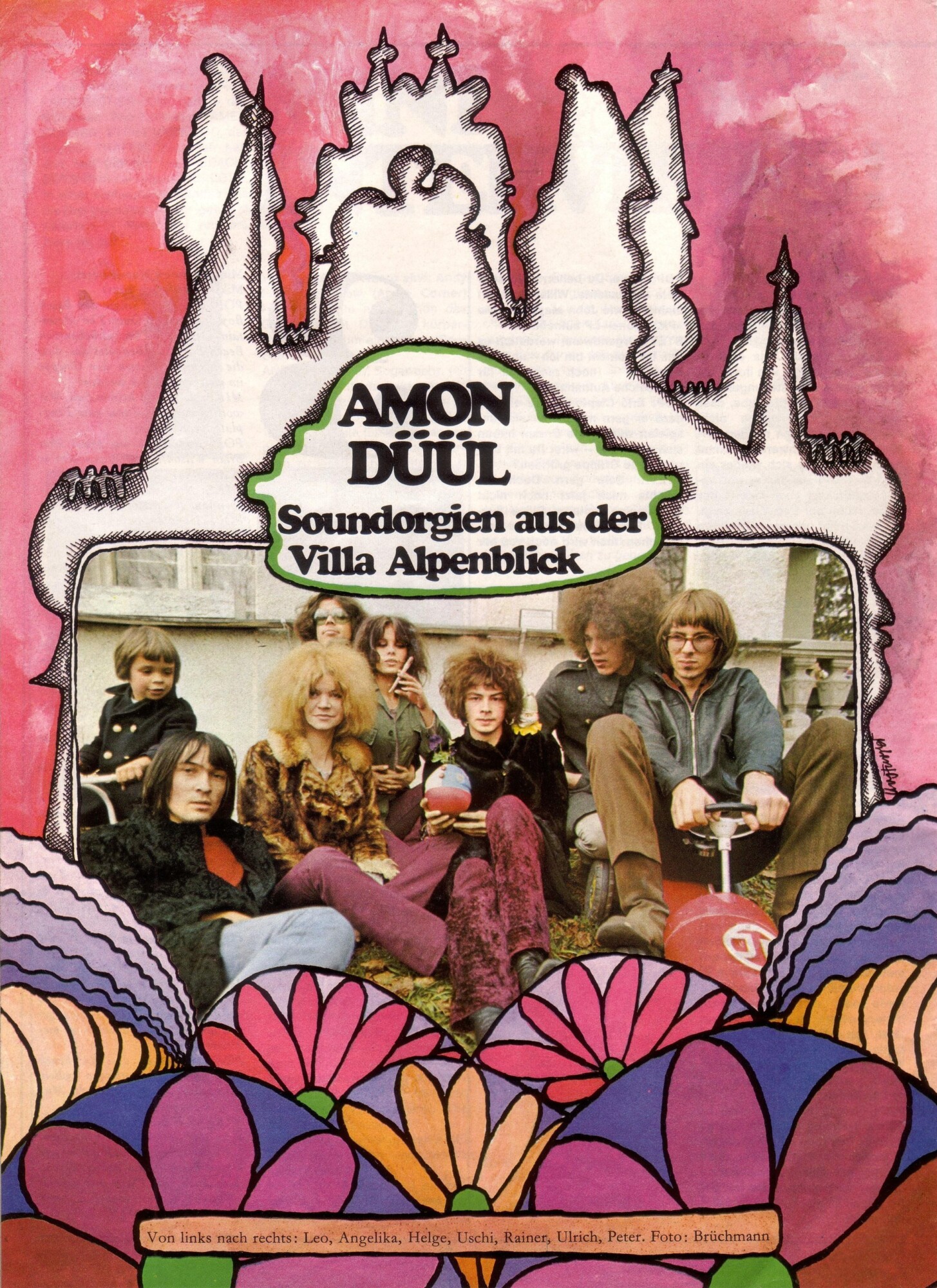
Thank you for taking your time. Last word is yours.
I have been happily married for over forty years and have children and grandchildren. Let’s see what’s coming.
Klemen Breznikar
Headline photo: Ulrich Leopold and Peter Leopold (Amon Düül) | Credit: Ulrich Leopold personal archive
A special thanks to Kornel Šeper

